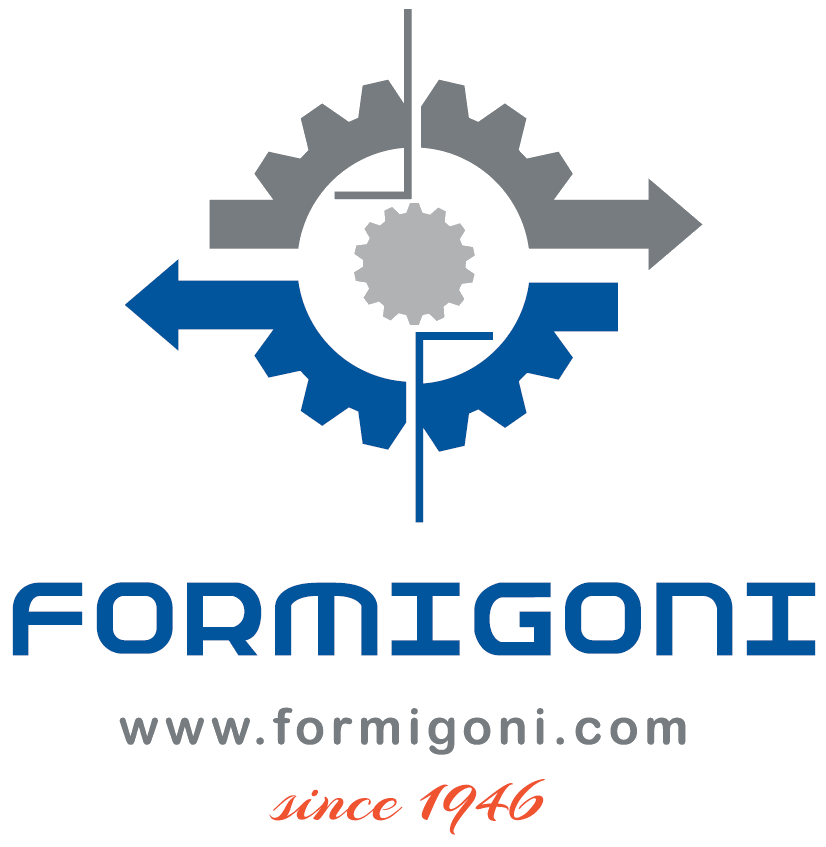
DEC.RTO™
regenerative thermal oxidizers
DEC.RTO™ (Regenerative Thermal Oxidizers) are a specific configuration of a thermal oxidizer system (XTO™)): in the RTO, multiple towers (or chambers) are used to achieve efficient and effective air pollution control.
Typically two or more towers (ideally 3 or more) are utilized in parallel: the exhaust gas flow is alternated between these towers, allowing for continuous operation: while one tower is used for the oxidation and removal of pollutants, the other tower(s) are undergoing a regeneration cycle to prepare for the next exhaust gas flow.

DEC.RTO™ • how it works?
This alternating process allows for energy recovery within the DEC.RTO™ system: the hot exhaust gases leaving the combustion chamber are passed through a ceramic heat exchanger, known as the "regenerator", in the tower undergoing the regeneration cycle. The regenerator absorbs the heat from the exhaust gases and stores it. During the next cycle, the stored heat is transferred to the incoming cold exhaust gases, reducing the energy consumption of the system.
The use of multiple towers in the DEC.RTO™ system provides several advantages, including improved operational efficiency, reduced energy consumption, and continuous operation. It allows for a consistent and reliable treatment of industrial exhaust gases while optimizing the use of energy resources.
DEC.RTO™ • oxidation reaction
The oxidation reaction is:
VOCs (CxHyOz) + O2 + thermal energy = CO2 + H2O + (HEAT)
The heat is usually recovered to pre-heat the SLA stream, in order to save on "thermal energy" (provided through gas CH4 - methane); if producing extra heat through oxidation of solvents, an energy recovery system shall be foreseen (typical applications are ranging from heating up air for dryers, steam production, heat tranfer fluid heating, water heating - industrial or sanitary, etc.).

DEC.RTO™ • advantages
In a regenerative thermal oxidizer (RTO) with multiple towers, the VOCs are oxidized in the combustion chamber. The hot gas released from the combustion chamber contains thermal energy. This thermal energy is accumulated through the ceramic media bed in one tower. The hot gas then cools down as it exchanges thermal energy with the ceramic media. The cooled gas is then discharged through the stack.
The process of accumulating and exchanging thermal energy in the ceramic media bed is called regenerative: this process allows the RTO to operate at a high efficiency, while also reducing the amount of energy required to heat the incoming gas.
Thanks to the specifically designed switching valves, the flow is alternatively reversed: thermal energy is recovered and the flow, in the following cycle, is pre-heated; this cycle is efficiently reducing the auxiliary fuel requirement, with self-sustaining operation (with no auxiliary fuel usage) even at low concentrations, thus representing an operational cost reduction.
RTOs with multiple towers can operate at a higher efficiency than direct thermal oxidizers (DTO™): the regenerative process allows the RTO to recover heat from the outgoing gas, which can then be used to heat the incoming gas.
thermal oxidation | incinerators • GHG and by-products
Whenever you have to face a non-recoverable stream of VOCs, a XTO™ • thermal oxidizer could be the solution: sometimes the VOC stream composition may result too complex to be recovered or the quantity of solvents is not interesting to go for a SRU™ • solvent recovery units.
An oxidizer is handling the transformation of the pollutant(s) into different products, with a reduced environmental impact. However, it is important to consider the resulting GHG emissions, when selecting a VOC oxidizer; the amount of GHGs generated by a thermal oxidizer depends on the type of VOCs being treated, its quantity, the needed quantity of fuel to be added for sustaining the oxidation reaction and the selected oxidizer process configuration.
Any oxidizer will have to deal with all or most of the following issues:
These emissions contribute to climate change and should be taken into account when assessing the overall environmental impact of the system.
As mentioned earlier, oxidizers typically require a significant amount of energy to operate: if this energy comes from non-renewable or carbon-intensive sources, it will dramatically contribute to environmental degradation and offset any of the potential benefits of VOC emission reduction.
thermal oxidation | incinerators • greenwashing
Greenwashing will occur when a company promotes an oxidizer as an environmentally friendly or sustainable technology for VOC emissions control, while neglecting to address other significant negative aspects of its environmental impact, such as greenhouse gas (GHG) emissions and harmful by-products.
Greenwashing can happen when a company portrays an oxidizer as a comprehensive and eco-friendly solution to VOC emissions, creating the perception that it is a sustainable option without considering the complete environmental picture. While oxidizers can help reduce VOC emissions, they can have negative consequences that should not be overlooked.
To avoid greenwashing, companies shall provide transparent and comprehensive information about the environmental impact of their VOC emission control systems: this includes addressing greenhouse gas (GHG) emissions, harmful by-products, and the energy efficiency of the system. By doing so, companies can ensure that consumers have an accurate understanding of the technology's environmental implications and make informed decisions.

